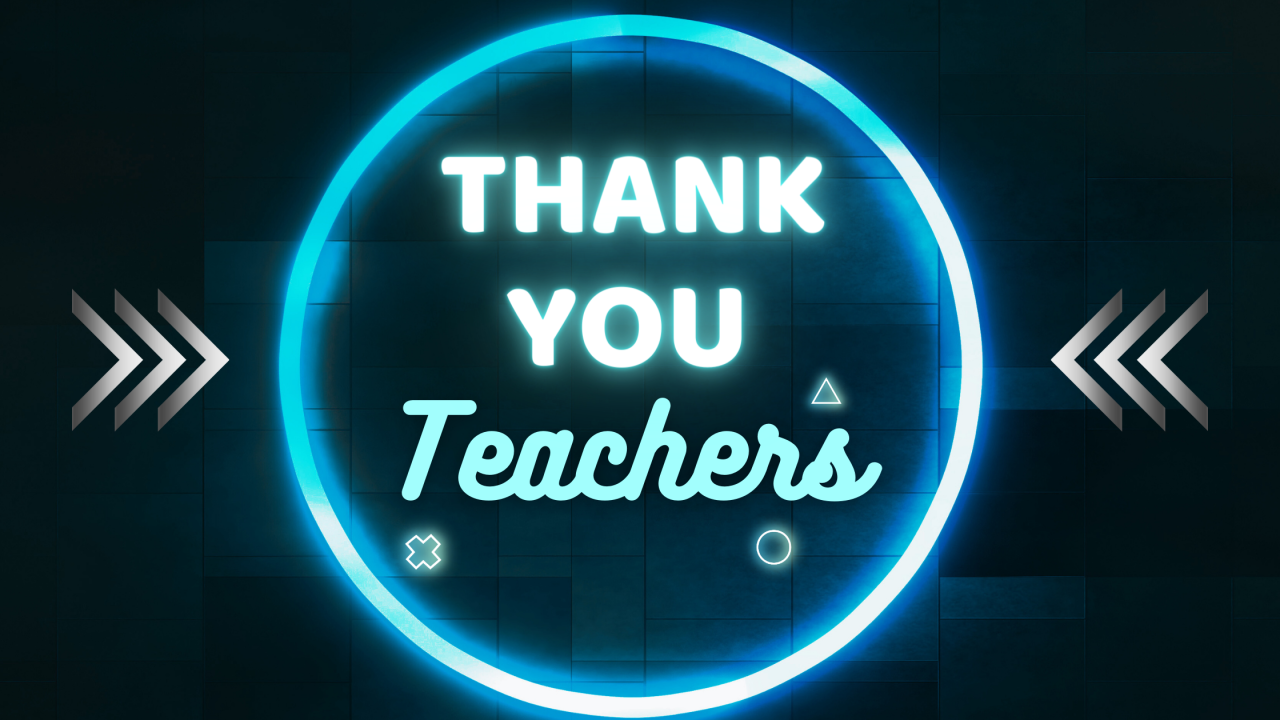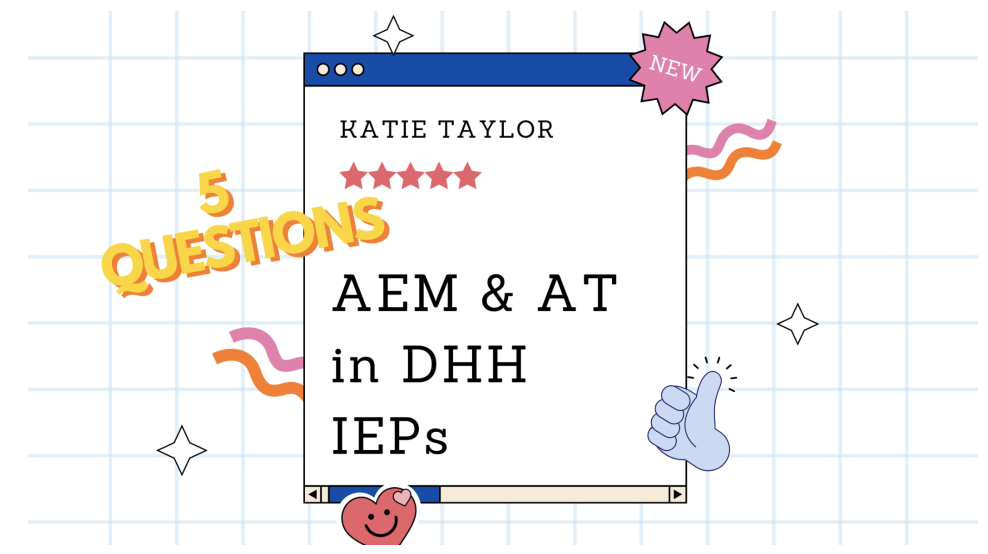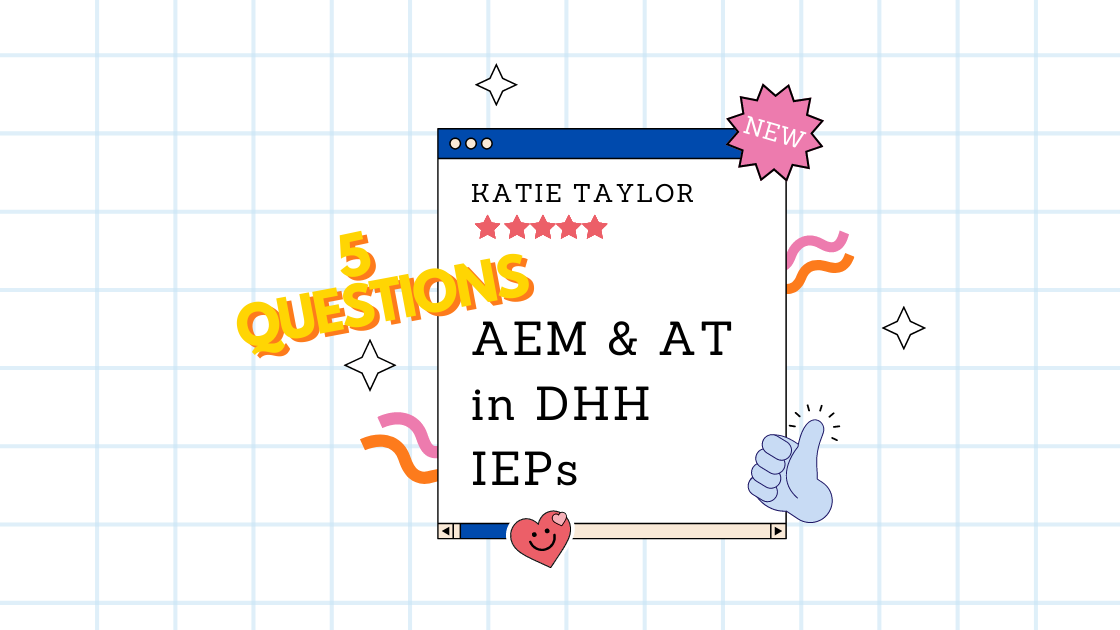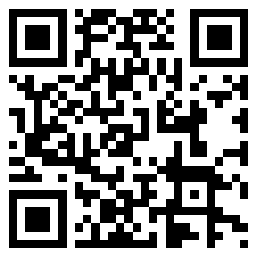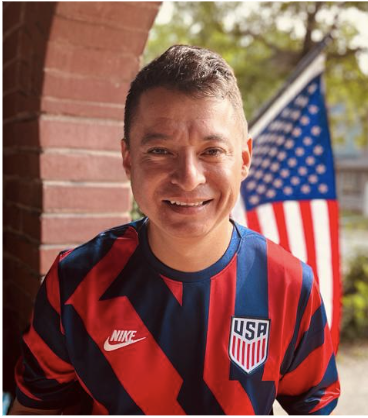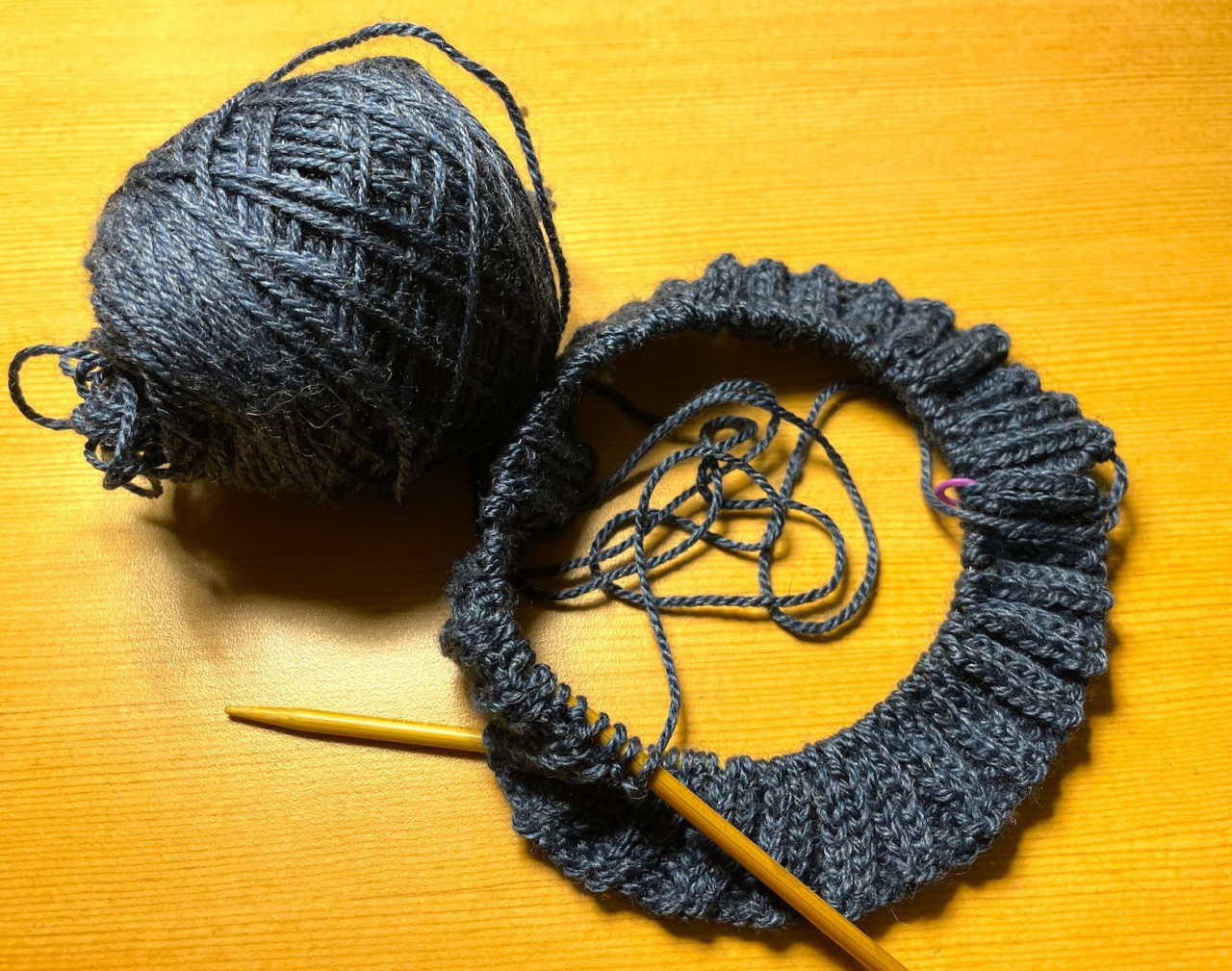It’s mid April, so I put away my husband’s heavy Carhart coats, my winter boots and all of the hats and gloves clogging up the entryway and the mudroom. It felt amazing saying “so long!” to fleece and wool. Did I mention that it’s mid April in Indiana? Right on cue, the day after my ceremonious dumping of the hats into the back of the closet, Indiana came back with an inch of snow overnight–on a Monday morning no less.
The snow melted gradually throughout the day–gone by evening, but it left a little frostbite on my psyche. As a Hoosier, I have trust issues with the natural universe. My weather app predicts 80’s by Saturday, but I’m thinking this wild swing into sweatiness will also mess with my head.
To quote one of my favorite actors, Bill Murray, in one of my favorite movies, Groundhog Day: "Did you want to talk about the weather, or did you just want to chit chat?"
For Hoosiers, maybe it’s less chit chat, and more talk therapy.
Predictability, in general, helps us all to flourish mentally. At PATINS, our staff has a brief weekly meeting where we report progress on our professional goals and ask for anything we might need to move forward. It has become an important ritual for me, and a way to connect with my coworkers as we work remotely all over the state. You educators reading this likely have daily/weekly rituals in your classrooms that make your students feel secure. Would love to have you share some of these in the comments!
Indiana educators have missed out on a well-loved summer ritual in the past two years as Summer of E Learning events were canceled. For summer 2022 these are being revived as Summer of Learning Conferences. Our PATINS staff will be presenting at many of these events and excited to reconnect with you in person.
It will probably be a warm day that we’ll gather. Or hot. A storm might blow up unexpectedly. Not ruling out an F5 tornado. I predict 100% we’ll gain some new knowledge or add to our professional network. But dress in layers.

